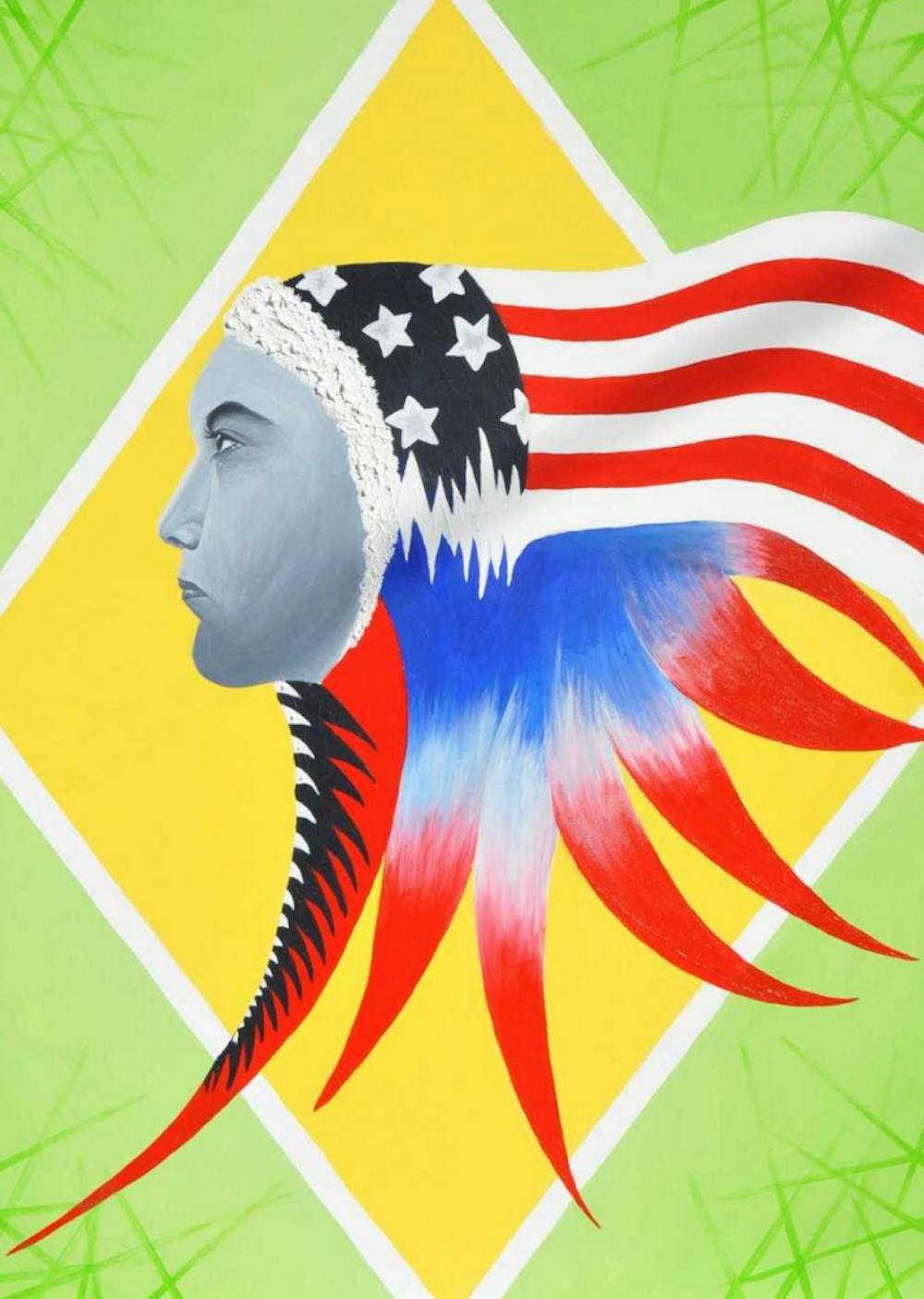The Center for the Study of the American South will be hosting “Unique As We Are Alike,” a multidimensional exhibit that uses art to explore Lumbee Native American identity, on Sept. 14. The works of two Lumbee artists, Ashley Minner and Alisha Locklear Monroe, will be presented.
Staff writer Krupa Kaneria spoke with Monroe about the exhibit and her experiences as an artist.
The Daily Tar Heel: How did you get involved with this exhibit?
Alisha Locklear Monroe: I really can’t tell you why Malinda Maynor Lowery chose Ashley Minner and I to be part of the exhibit. Once we sat down and had our initial meeting about the show, it was so natural to see the similarities between our works. Ashley is doing portraits of Lumbee people in the Baltimore area, and then writing along with the imagery. In my work, I am using more symbolism – abstract symbols and shapes.
The two artistic styles seem to complement each other very well. Ashley comes from the Baltimore area where a lot of our Lumbee people migrated for work in the 1950s and 1960s, and I am here in Robeson County where our people have always been, so it’s really interesting to see the commonality between our two works because they are both trying to address the same thing but in a unique way.
We are both doing something very different. My work has been described as non-representational and symbolist style of work. I don’t know why Malinda wanted to use us together in a show, but our work fits together very naturally. The title “Unique As We Are Alike” is a part of my artistic statement because it perfectly describes our work and us as artists.
DTH: Which viewpoints do the different artists bring to the exhibit?
ALM: I can’t speak perfectly for Ashley, but my viewpoint is what I am trying to speak about through most of my pieces, and that is what it is like to be Indian but always questioning your identity and who you are. People are naturally inquisitive, so when you say that you’re Native or Indian or whatever word you want to use, some people immediately hit you with stereotypes, and other people are inquisitive and want to learn more about you. For some people, you may be the first Native person that they have ever met.
Unfortunately, because of the society that we live in and the way Native people were portrayed for so long, a lot of people think that Native people are stuck in the past. It’s like they think we are part of a fantasy or something, that we walk around with feathers in our hair and ride horses and live in teepees. They are just not conscious or aware that most of us live as everyday American citizens like everyone else. For me, by being able to paint and put together compositions, I am able to speak on all of those things and what it's like. I use that with words, symbols, shapes, and forms.



